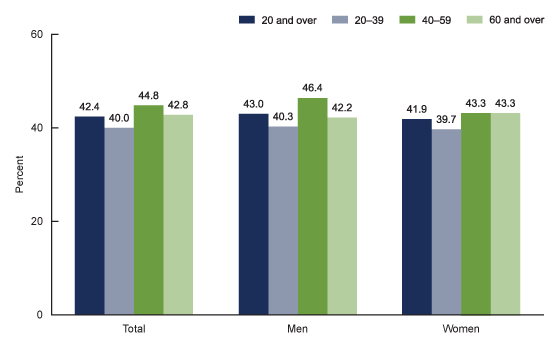Silent Killer: Obesity
By: Mustafa Hassan

Introduction
A deadly social justice issue that is spreading and taking over the country is obesity. Obesity is a weight that is greater then what is considered as a healthy weight for a given height and has abnormal or excessive fat growth that presents a risk to health. Being obese can strip people away from daily activities or needs and can reduce a person's lifespan. Obesity is a problem globally but America is the most obese country among the OECD (Organization for Economic Co-operation and Development) countries.
Research
According to John Hopkins Medicine in past 20 years, obesity among adults has had an exponential surge in the United States. The National Center for Health Statistics display that a third of U.S. adults 20 years of age and older (over 100 million people) are obese. This increase is not defined to adults, but has also affected young people. Among youth, 18 percent of children aged 6-11 years and 21 percent of teens aged 12–19 years are considered obese. These numbers of obesity will become very detrimental and will have ramifications for Americans’ health. Being obese increases the risk of many diseases and health conditions, including high blood pressure (hypertension), high cholesterol, type 2 diabetes, coronary heart disease (heart attack), stroke, gallbladder disease, arthritis, sleep apnea and some cancers (endometrial, breast, and colon).
According to CDC the estimated annual medical cost of obesity in the United States was $147 billion in 2008 US dollars; the medical cost for people who have obesity was $1,429 higher than those of normal weight. What causes obesity is an increased consumption of energy-dense foods that are high in fat and sugars and an increase in physical inactivity due to the increasingly sedentary lifestyle or work life, changing modes of transportation, and increasing urbanization.
Here is a short video that describes on how to prevent childhood obesity and what causes it.
CDCStreamingHealth, director. Beyond the Data - Preventing Childhood Obesity: Eating Better, Moving More (2). YouTube, YouTube, 24 Aug. 2018, www.youtube.com/watch?v=GNSh55FyqmY.
Facts:
- Worldwide obesity has nearly tripled since 1975.
- In 2016, more than 1.9 billion adults, 18 years and older, were overweight. Of these over 650 million were obese.
- 39% of adults aged 18 years and over were overweight in 2016, and 13% were obese.
- Most of the world's population live in countries where overweight and obesity kills more people than underweight.
- 38 million children under the age of 5 were overweight or obese in 2019.
- Over 340 million children and adolescents aged 5-19 were overweight or obese in 2016.
- Obesity is preventable.
“An Epidemic of Obesity: U.S. Obesity Trends.” The Nutrition Source, 12 Apr. 2016, www.hsph.harvard.edu/nutritionsource/an-epidemic-of-obesity/.
“Obesity, Causes, SIgns and Symptoms, Diagnosis and Treatment.” YouTube, YouTube, 12 July 2019, www.youtube.com/watch?v=iQUJ1HV0PWc.
“Products - Data Briefs - Number 360 - February 2020.” Centers for Disease Control and Prevention, Centers for Disease Control and Prevention, 27 Feb. 2020, www.cdc.gov/nchs/products/databriefs/db360.htm.
“Obesity and Overweight.” World Health Organization, World Health Organization, www.who.int/news-room/fact-sheets/detail/obesity-and-overweight.
Hines, Kathleen. “Obesity Research.” Johns Hopkins Medicine, Based in Baltimore, Maryland, 17 Mar. 2020, www.hopkinsmedicine.org/gim/research/content/obesity.html.
CDCStreamingHealth, director. Beyond the Data - Preventing Childhood Obesity: Eating Better, Moving More (2). YouTube, YouTube, 24 Aug. 2018, www.youtube.com/watch?v=GNSh55FyqmY.

No comments:
Post a Comment